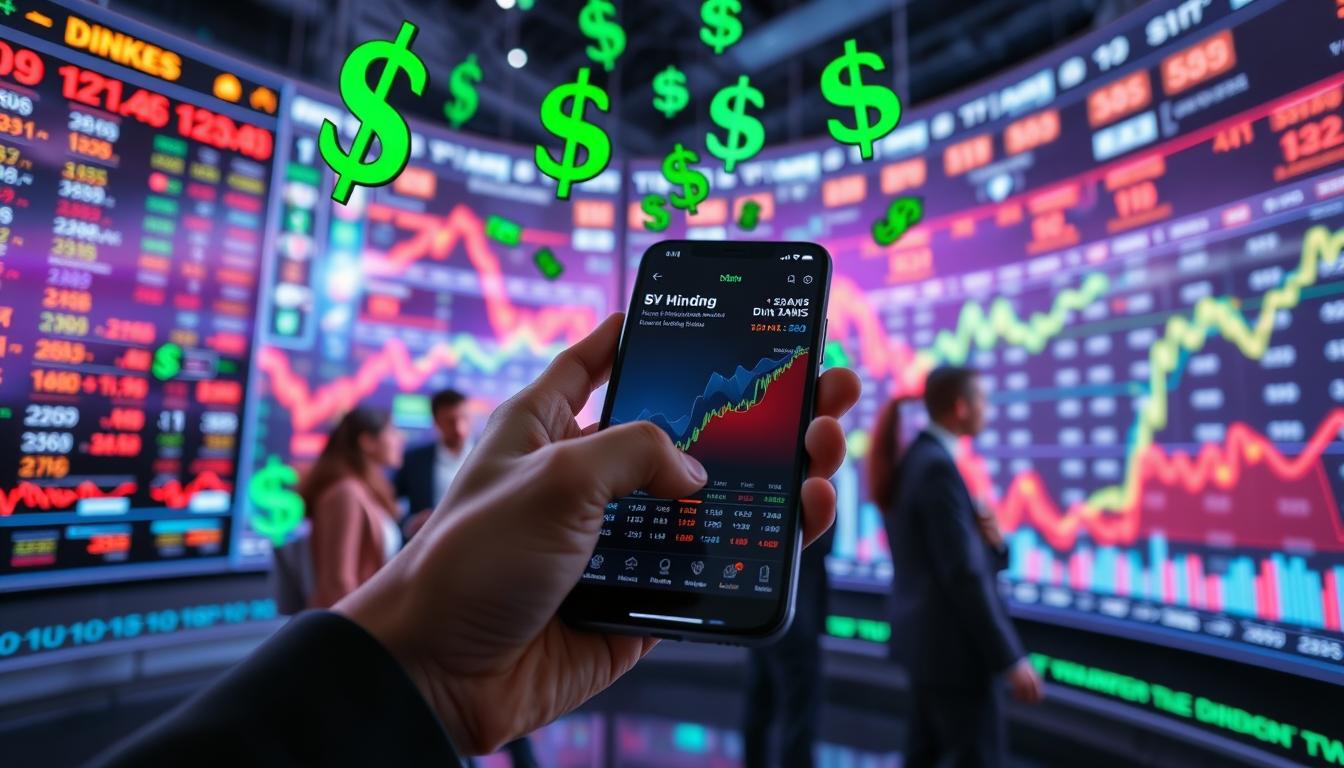Continuing to unpack the complexities of dividends, it’s essential to examine the role they play in corporate capital allocation decisions. Companies face critical choices regarding how to allocate profits—whether to reinvest in the business, pay down debt, buy back shares, or distribute dividends. Each option has its merits and can significantly impact a company’s growth trajectory. Companies with strong cash flows often find themselves in a position to pursue multiple strategies simultaneously, but the decision to prioritize dividends can reflect a company’s maturity and confidence in its financial stability.
The distinction between “ordinary” and “special” dividends is also worth discussing. While ordinary dividends are paid regularly—often dividen quarterly—special dividends are one-time payments made under extraordinary circumstances, such as windfall profits or asset sales. These special dividends can signal to investors that a company is experiencing exceptional success, but they may also create uncertainty about future payouts. Understanding the nature of these dividends can help investors gauge a company’s long-term dividend sustainability.
Moreover, the concept of “dividend aristocrats” and “dividend kings”—companies that have increased dividends for 25 years and 50 years, respectively—has become a focal point for income-focused investors. These companies are often seen as stable and reliable, attracting those seeking consistent income streams. However, it’s important for investors to conduct thorough research, as even the most reputable dividend-paying companies can face unexpected challenges that affect their ability to maintain payouts.
The interplay between interest rates and dividend stocks deserves further exploration. In a rising interest rate environment, investors may find bonds more attractive, which could lead to a decline in demand for dividend-paying stocks. Conversely, when interest rates are low, dividend-paying stocks can provide a more appealing yield compared to fixed-income securities. This dynamic means that investors must remain vigilant about economic indicators and central bank policies, as shifts in interest rates can directly impact their investment strategies.
The rise of online brokerage platforms and fractional shares has democratized access to dividend investing. Retail investors can now easily invest in dividend-paying stocks without the need for significant capital. This accessibility has opened the door for a more diverse range of investors to build dividend-focused portfolios, contributing to a broader acceptance of dividend strategies across different demographic groups.
In the context of behavioral finance, the concept of “dividend preference” suggests that investors may irrationally favor dividend-paying stocks over non-dividend-paying stocks, even if the underlying financials of the latter are stronger. This bias can lead to mispricing in the market, creating opportunities for savvy investors who recognize the intrinsic value of growth stocks that reinvest profits instead of paying dividends.
The global nature of investing also introduces a variety of dividend practices across different cultures. In some regions, companies may have a tradition of paying high dividends, while in others, reinvestment is prioritized. For instance, many European firms have a reputation for generous dividend payouts, while tech companies in the U.S. often focus on growth and may forgo dividends altogether. Understanding these cultural differences can provide valuable insights for international investors seeking dividend opportunities.
The evolving conversation around dividends has also led to discussions about “dividend sustainability.” Investors increasingly seek to understand not just the yield, but the factors that contribute to a company’s ability to sustain and grow its dividend payments over time. Metrics such as free cash flow, debt levels, and historical payout ratios are essential for assessing dividend sustainability. Companies that can demonstrate a strong capacity for cash generation while managing their debt effectively are often seen as more reliable dividend payers.
As dividend strategies become more sophisticated, investors are also exploring “dividend growth funds” that specifically target companies with a history of increasing dividends. These funds are designed to provide investors with exposure to stocks that are not only yielding income but also positioned for long-term growth. This investment approach aligns well with the needs of investors looking for a balanced portfolio that combines income generation with capital appreciation.
Lastly, as the world increasingly prioritizes sustainability, the integration of ESG criteria into dividend investing is gaining traction. Companies that adopt sustainable practices often enhance their reputations and may be more likely to attract a loyal investor base. This trend could lead to a future where dividends are not only a financial return but also a reflection of a company’s commitment to social and environmental responsibility.
In conclusion, dividends are a critical and evolving aspect of the investment landscape, influenced by corporate strategies, market dynamics, and investor behaviors. They serve as vital indicators of a company’s financial health and can significantly impact portfolio construction and performance. As investors navigate an increasingly complex financial environment, understanding the nuances of dividends will be essential for making informed decisions. The interplay of various factors—ranging from interest rates to technological advancements and cultural influences—will continue to shape the dividend narrative, providing both challenges and opportunities for savvy investors.